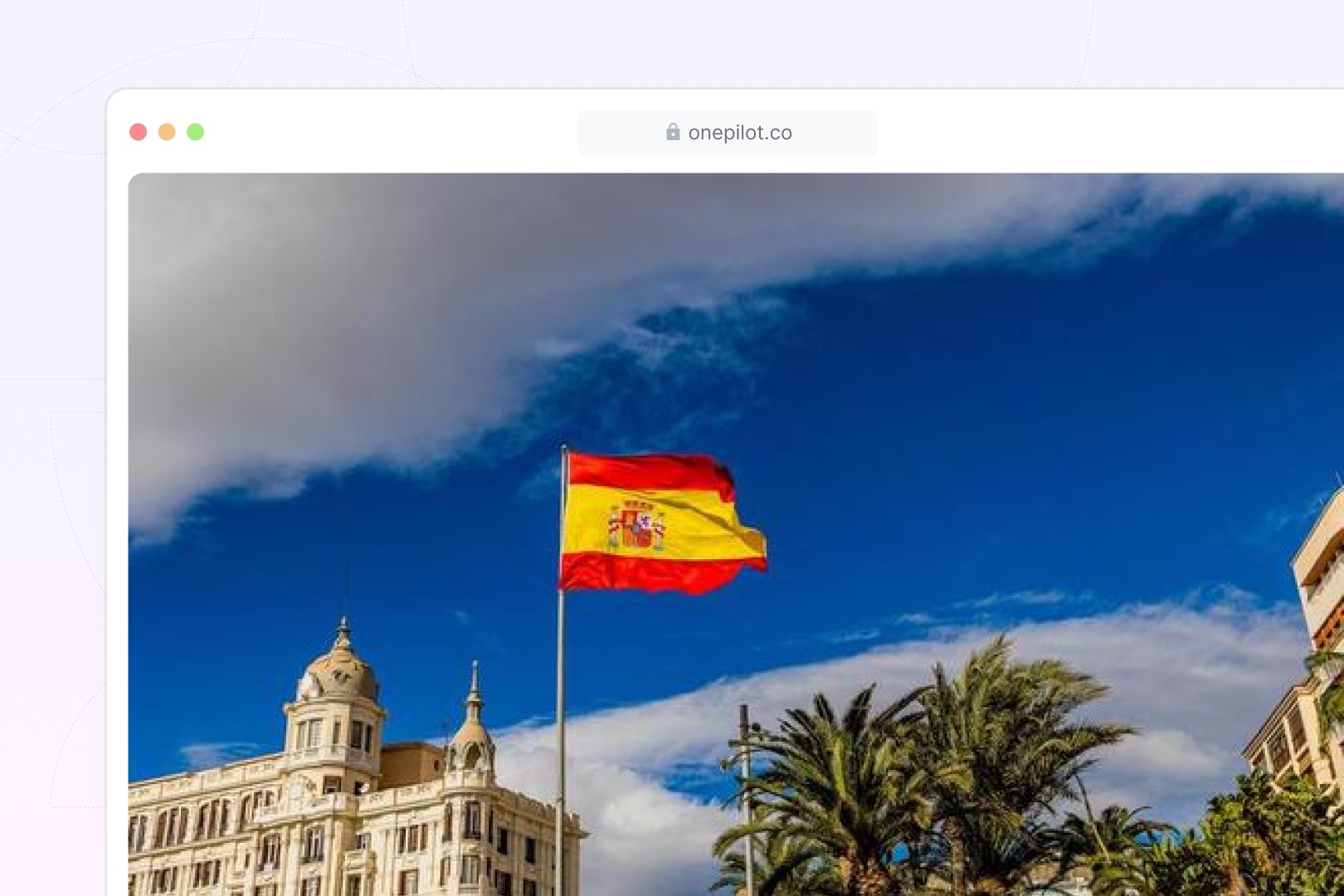Onepilot agents
August 28, 2025
How to Become a Sole Trader in the UK: Step-by-Step Guide
If you want to start working for yourself in the United Kingdom, one of the simplest ways to do so is by becoming a sole trader. This legal status is widely used by freelancers, consultants, and small business owners because it’s quick to set up and has relatively few administrative requirements.
While other business structures exist, such as limited companies or partnerships, this guide focuses exclusively on the sole trader model, which is the most common entry point for people who want to be self-employed in the UK.
Important: This article is for informational purposes only. Always check official government sources or seek professional advice before making decisions about your business.
What Is a Sole Trader?
A sole trader is someone who runs their business as an individual. You are considered self-employed, meaning:
You keep all profits after tax.
You are personally responsible for business losses (unlimited liability).
You handle your own taxes and National Insurance contributions.
This setup is popular among freelancers, electricians, designers, writers, and many other independent professionals. The main appeal is flexibility — you choose your clients, set your rates, and decide when and how you work.
However, unlike employees, sole traders do not receive benefits such as paid holidays or sick pay. Since you are legally the business, you also carry the full financial risk if debts arise.
Who Needs to Register as a Sole Trader?
You must register as a sole trader if:
You earn more than £1,000 from self-employment in a tax year.
You want to claim certain state benefits that require proof of self-employment.
You choose to pay voluntary Class 2 National Insurance contributions to qualify for benefits like the State Pension.
How to Register as a Sole Trader in the UK
The process of registering as a sole trader is straightforward and handled online through HMRC.
1. Register for Self Assessment
You’ll need to inform HM Revenue & Customs (HMRC) that you are self-employed by registering for Self Assessment.
Registration must be completed by 5 October in your second year of trading. For example, if you started between April 2019 and April 2020, the deadline would be 5 October 2020.
2. Get Your Unique Taxpayer Reference (UTR)
If you’ve never filed a tax return before, HMRC will issue you a 10-digit UTR and set up your online tax account.
If you’ve filed in the past, you’ll need to re-register as a sole trader using form CWF1 and provide your existing UTR.
Tip: It can take up to 10 working days (or 21 days if abroad) to receive your UTR, so register early.
National Insurance Contributions (NICs)
In the UK, National Insurance helps fund state benefits like pensions. As a self-employed worker:
You must pay Class 2 NICs if your annual profits are over £6,475. If profits are lower, you can pay voluntarily to protect your record.
You must pay Class 4 NICs if your annual profits exceed £9,501.
These contributions are calculated when you complete your Self Assessment tax return.
You’ll also need a National Insurance Number to pay NICs. Most UK residents receive one automatically before age 16, but if not, you can apply online or through your biometric residence permit if you’re moving to the UK.
Filing Your Tax Return
Every year, sole traders must submit a Self Assessment tax return covering income and expenses for the tax year (6 April to 5 April).
Paper returns must be received by HMRC by 31 October.
Online returns are due by 31 January.
Tax payments are also due by 31 January.
Missing deadlines results in penalties starting at £100 and increasing over time.
Depending on your bill, you may also need to make “payments on account”, which are advance payments towards the next year’s tax.
Bookkeeping and Record-Keeping
Even though the sole trader model is simpler than running a limited company, you must still:
Keep accurate accounting records of all income and expenses.
Ensure invoices, receipts, and contracts are stored properly.
Provide a clear financial picture if HMRC requests it.
Choosing a Business Name
You can trade under your own name or choose a business name. Unlike limited companies, sole traders don’t have to register their name officially — but you must include it on all invoices and official documents.
Restrictions apply:
You cannot use “Ltd”, “LLP”, or similar suffixes.
Names cannot be offensive or misleading.
Names cannot imply a link to government bodies.
Ensure your name isn’t already a registered trademark.
VAT Registration
If your annual turnover exceeds £85,000, you must register for VAT. Even if you earn less, you can opt in voluntarily if it benefits your business (for example, to reclaim VAT on expenses).
Key Takeaways
The sole trader route is the fastest way to start working for yourself in the UK.
Registration is free and done online through HMRC.
You’ll need to handle your own taxes and National Insurance, with deadlines that must be respected to avoid fines.
This structure offers flexibility but comes with personal financial risk and no employee benefits.
Looking for opportunities as a sole trader? Check out our remote opportunities in sales or customer care agents.
Stay informed with the latest guides and news.




